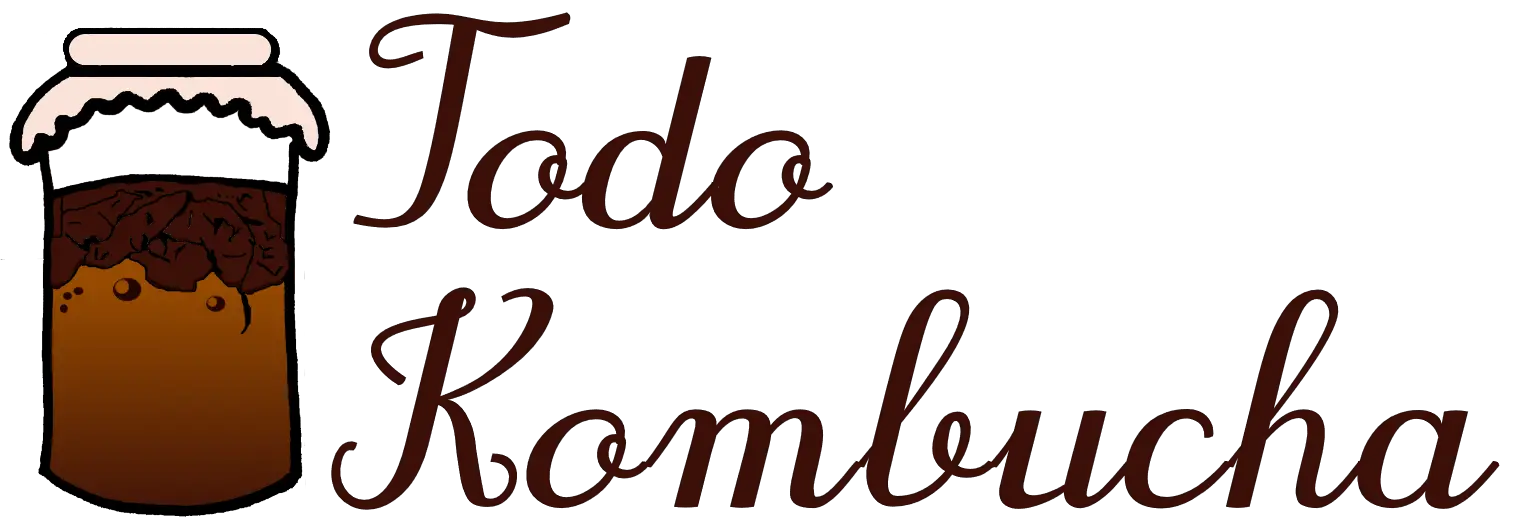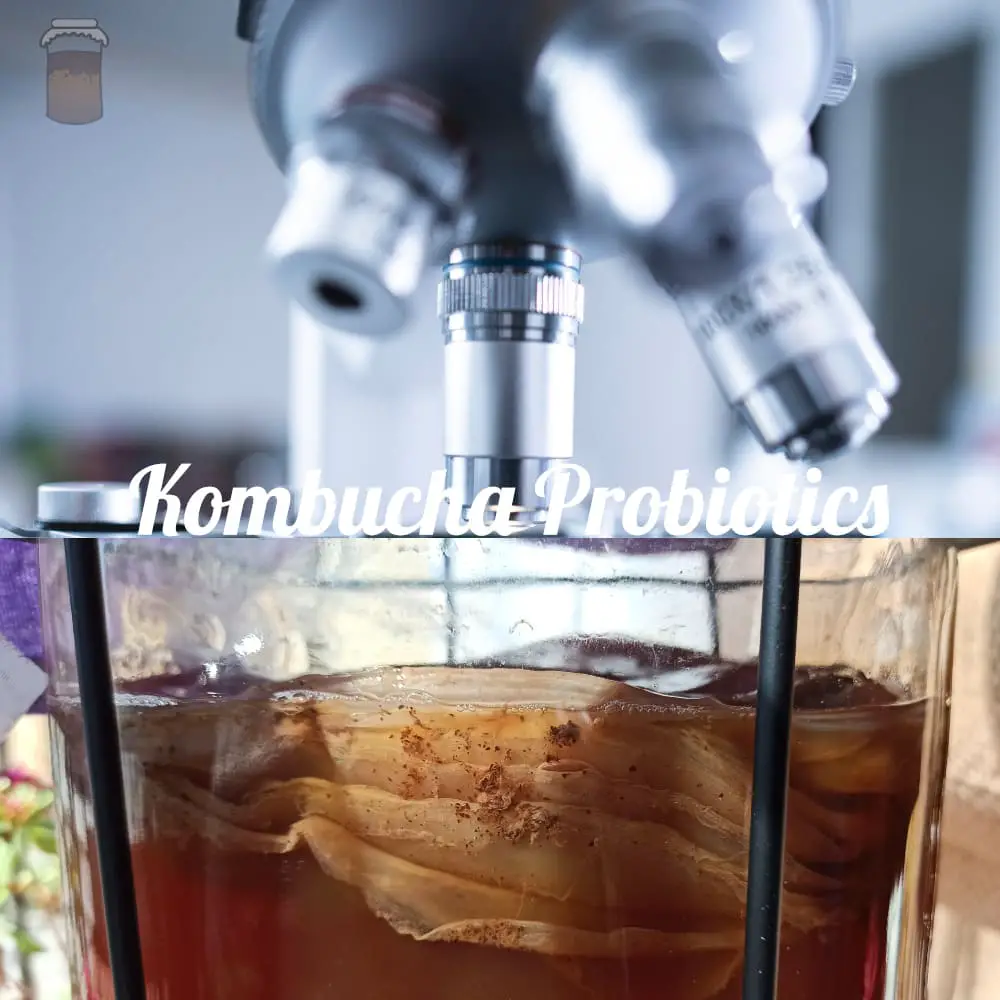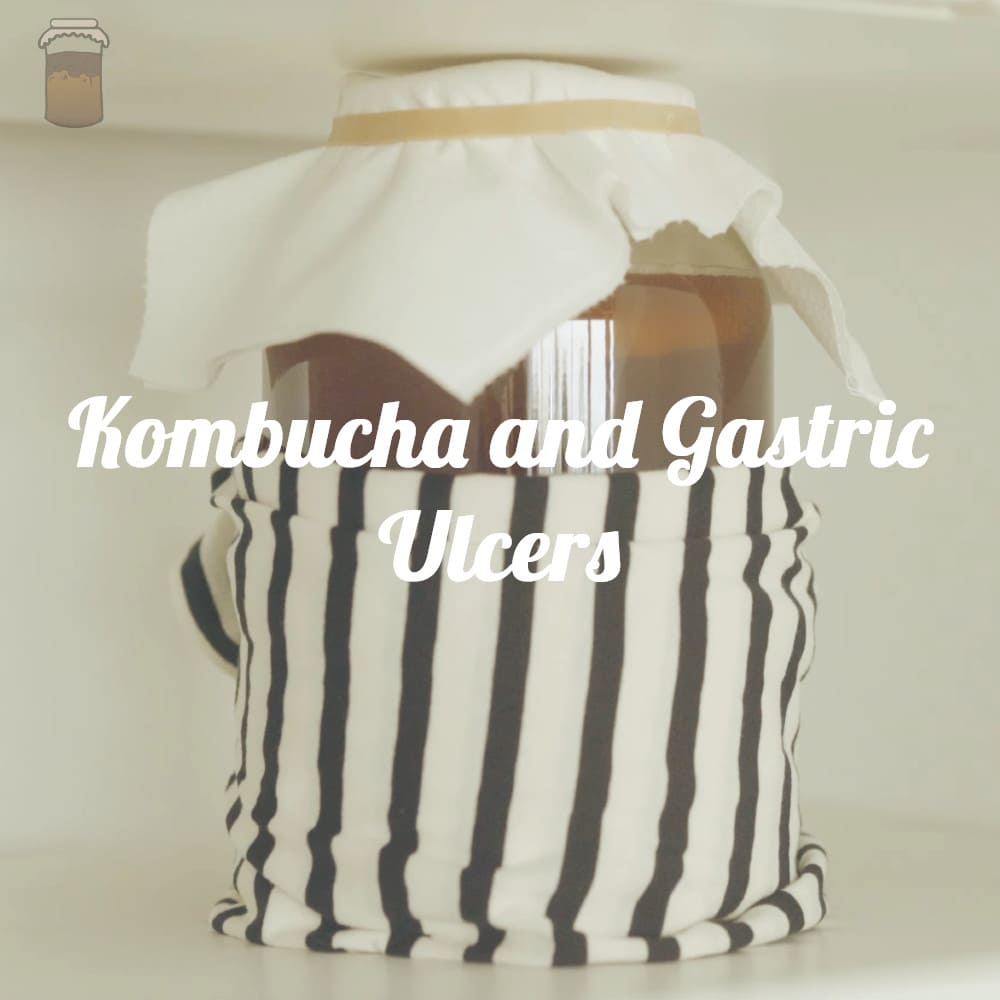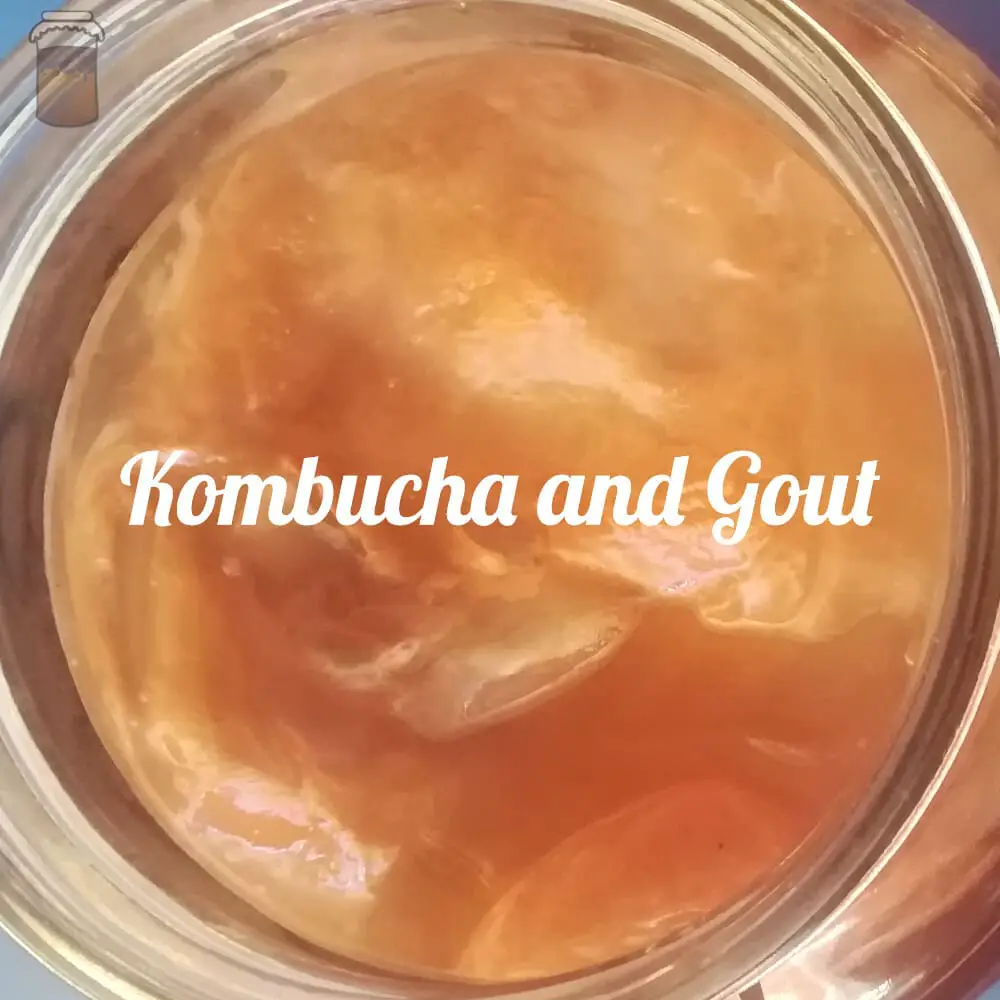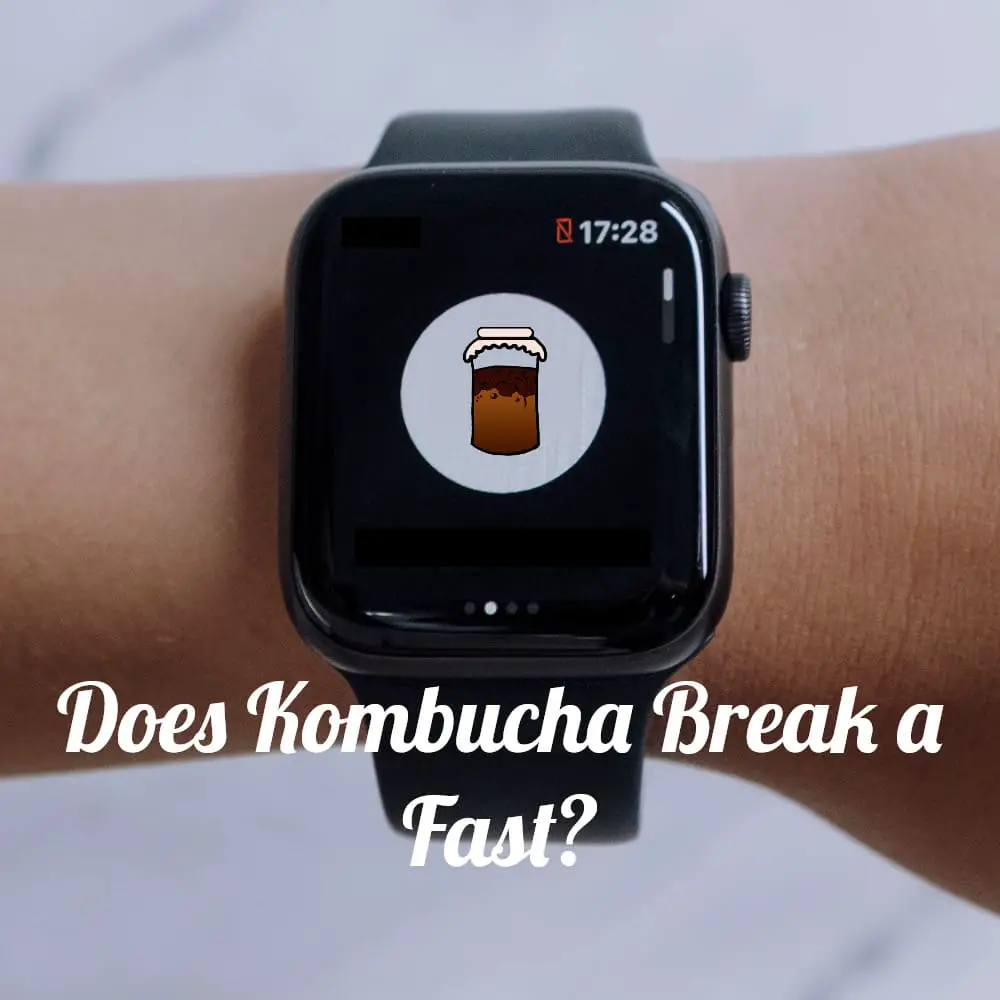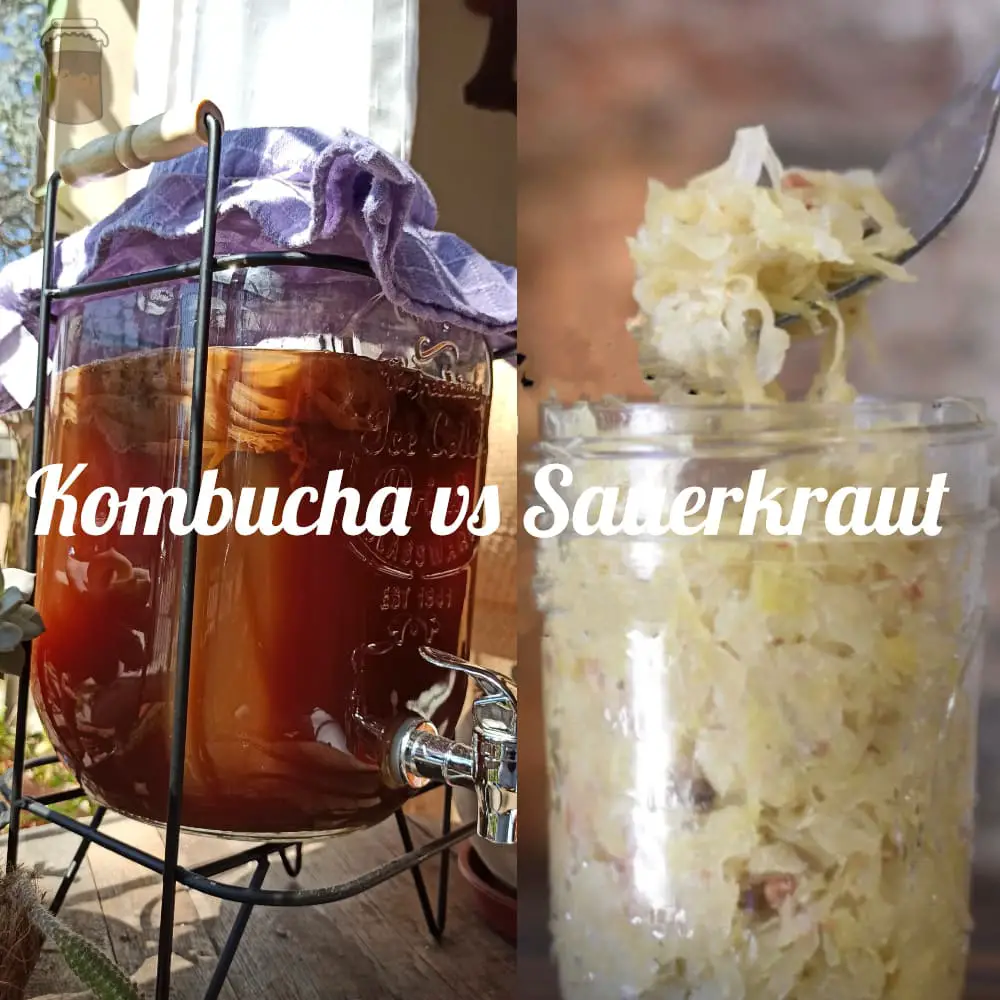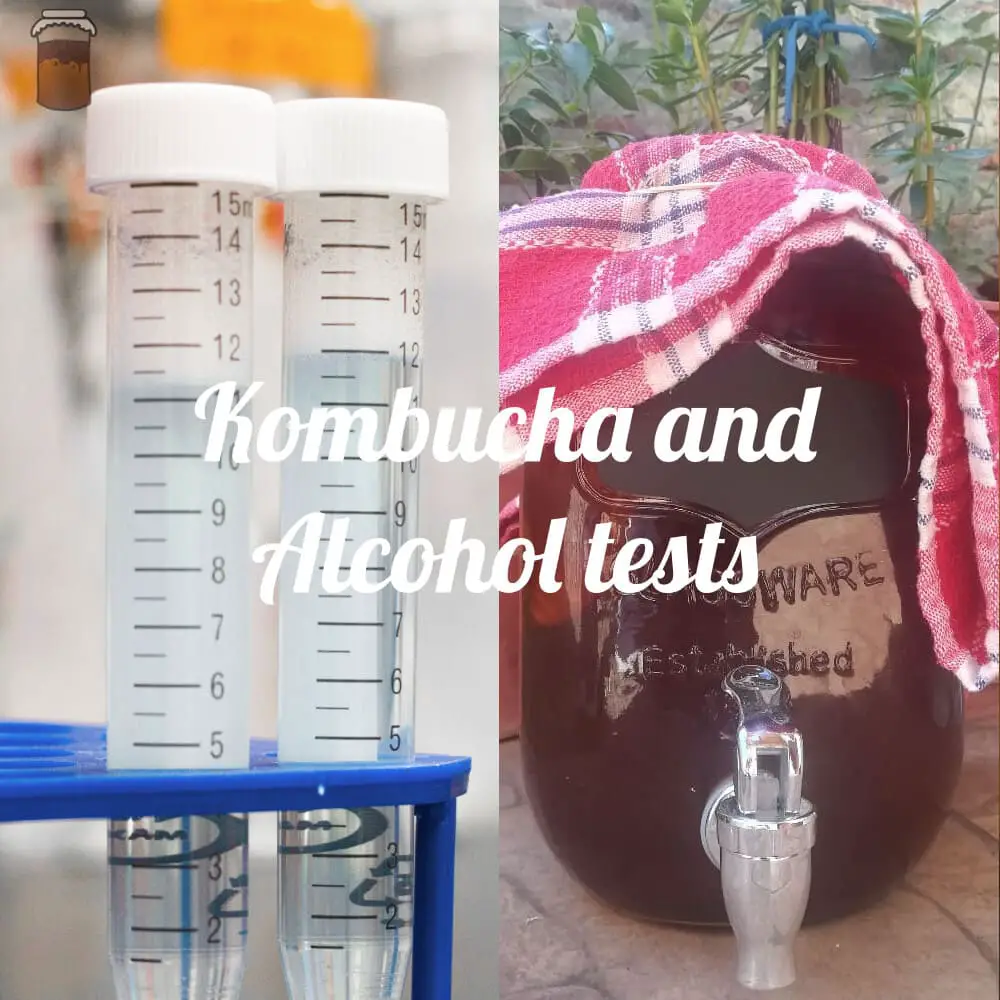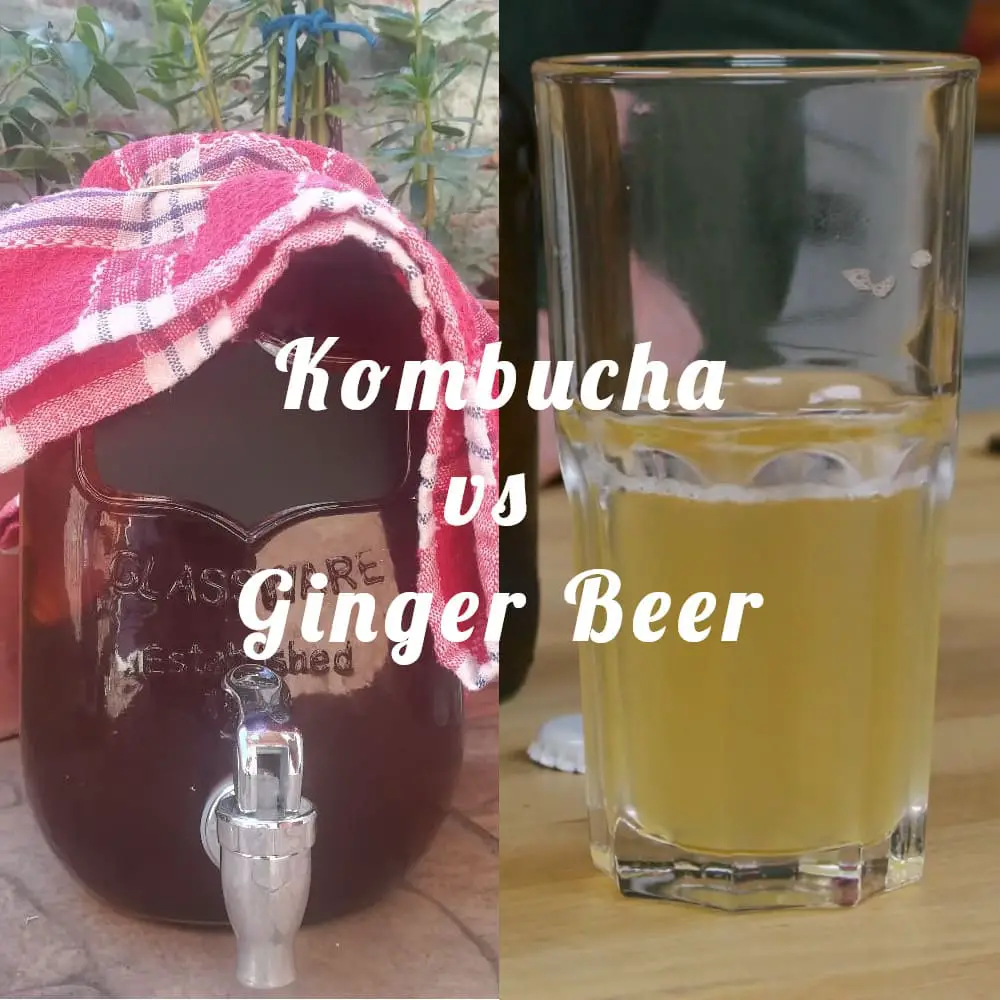
Kombucha and Ginger beer are craft beverages fermented with a symbiotic combination of bacteria and yeast, potentially becoming sources of health-promoting probiotics.
Ginger beer is a mild beer with low alcohol content based on ginger root. However, you can also use roots such as juniper, licorice, or chili. It was a popular beer among young Britons.
On the other hand, kombucha is a non-alcoholic beverage product of black or green tea fermentation. It has been top-rated in the Asian continent since its discovery, spreading to other countries.
As both are fermented beverages with things in common and other differences, we will make a comparison in which we can investigate their origin, benefits, the different microorganisms for their elaboration, their fermentation process, and their different sensory characteristics.
What do Kombucha and Ginger beer have in common?
Kombucha and Ginger Beer are both lightly alcoholic beverages fermented and rich in probiotics.
Kombucha is a non-alcoholic refreshing drink because the percentage of alcohol it entails is much lower than what is established by the regulations. Generally, this drink has an alcohol percentage lower than 0.5%, produced naturally by the fermentation of microorganisms.
Ginger beer is a slightly alcoholic root beer because the percentage of alcohol it contains is less than 2%, just as kombucha is produced naturally by the fermentation of microorganisms, but different from those of kombucha.
The production of alcohol during fermentation is fascinating, so I invite you to read the alcohol content in kombucha and the kombucha fermentation process to understand how microorganisms work.
What are the benefits of Kombucha and Ginger beer?
The benefits of both drinks may vary as the materials and microorganisms within those drinks differ; therefore, different results are expected.
However, on a broad scale, here you can see the possible benefits of ginger beer and kombucha: [1] [2]
- Detoxifying Effects
- They have vitamins and minerals such as A, D, C, and E to strengthen the immune system.
- Low calories drink.
- Natural diuretics because they are low in sodium, potassium, and high-water content.
- It potentially protects the intestine against infections due to the production of immunoglobulins, the action of probiotics.
- Improves metabolism in general.
- It is used against nausea, vomiting, and dizziness (dyspeptic syndrome).
- Ideal for gastric disorders such as gastritis or gastric ulcer.
- Help with allergies such as allergic rhinitis.
- Improve circulatory problems.
The benefits of kombucha are mainly proven in animals, and we lack test on humans, so take it with a grain of salt. Anyways, I have a very long article about the possible benefits of kombucha in humans; just click the link.
Contraindications of kombucha and ginger beer
As for kombucha, cases of toxicity have been reported as side effects such as dizziness and nausea after consuming the drink. However, they have been reported by a few people.
The above is mainly in people with a high degree of IMMUNOSUPPRESSION, as in the case of HIV, in which it does not present an adequate intestinal bacterial flora for the time of ingesting the drink. However, they are isolated cases.
It is contraindicated in pregnant women, infants, and children under six years of age due to its alcohol content.
In the case of Ginger beer, no data provides any toxicity or contraindications more than anything to be careful in interaction with other medications.
For example, it is discouraged to ingest this drink if you are taking anticoagulants such as heparin or antiplatelets such as aspirin in view that interact with these medications causing bleeding.
Additionally, I wouldn’t recommend it for pregnant women or infants for the alcohol content, as in kombucha.
Recommended dose to consume kombucha and ginger beer.
Kombucha being a natural drink, starts with a daily intake of “120 to 360 ml” distributed before the main meals. It would be the recommended dose to notice the effects in the short term. As for DIABETICS, remember not to exceed the sugar added to the drink.
Check out our article on recommended kombucha dosages here.
You can accompany this drink with 2 liters of water per day to increase the amount of elimination of toxic substances that kombucha dissolves.
Ginger beer, although it is a drink with low alcohol content, suggests moderate consumption. According to the WHO, measures alcohol consumption in UBE (Standard Drink Unit equivalent to 10 g of alcohol) should not exceed 4 UBE daily for men (1 Liter of beer) and 2-2.5 UBE (600 ml) daily for women at any time of the day. [3]
Are the probiotics in Kombucha and Ginger beer the same?
Kombucha and ginger beer have similarities regarding the presence of bacteria and yeasts for fermentation. However, not all microorganisms are the same; for example:
The ginger beer presents in its drink lactic acid-producing bacteria, such as Lactobacillus hilgardii or Brevibacterium Vermiforme, and yeast, such as Saccharomyces Pyriforme, both aerobic bacteria.
Kombucha has several microorganisms, such as Saccharomyces cerevisiae, Acetobacter Xylinum, and Gluconobacter, among others.
Main differences: Kombucha vs Ginger Beer
Between these two drinks there are not many differences between them except for their microorganisms and fermentation process, in the same way we will detail their characteristics in general.
Origin
Kombucha comes from the Asian continent, exactly from China.
Ginger beer dates back to the eighteenth century in England and then spread to different countries.
Raw material and its preparation
In kombucha, the raw material is an infusion of sugary black or green tea.
In the elaboration process, a symbiotic culture of bacteria and yeasts is added sugar for fermentation. It is placed in a glass container covered with a cloth that allows air circulation without letting dust or insects enter, and the mixture is left to rest for a week or more.
The Ginger beer’s raw material starts from the fresh root of the ginger.
The elaboration process begins with the presence of the live yeast contained in the ginger root plant that begins to ferment the sugar, usually called the ginger bug.
When the bug is ready, boil water, and when it is almost ready, add ginger and sugar in a 3:10 ratio and cook for 5 min. Let it cool down at room temperature, and when it is ready, mix it with the ginger bug and let it ferment for 2 to 3 days. [4]
Microorganisms present
Ginger beer is composed of probiotic organisms containing yeast, such as lactobacillus hilgardii (Brevibacterium vermiforme), producing lactic acid and the bacterium Saccharomyces Pyriforme (now Saccharomyces Florentinus).
Kombucha is a symbiotic colony of different bacterial species and probiotic yeasts identified as Acetobacter xylinum, Gluconobacter bluconicum, Schizosaccharomyces pombe, Schizosaccharomyces cerevisiae, Zygosaccharon bailii, Kloecera apiculata, Brettanomyces bruxellensis, Brettanomyces lambicus, Brettanomyces Custersii, candida stellata.
Fermentation conditions
The ginger beer for its fermentation process is the rest of the beer after the inclusion of the yeast and has an estimated duration of 7 days under a specific temperature condition of 20°C to 21°C. [5]
Kombucha is fermented with an average ambient temperature of 21 to 27°C, which requires approximately 7 to 15 days to finish fermenting.
Nutrients
Both drinks contain high content of vitamins and minerals such as vitamins A, C, D, and E, as well as folic acid, phosphorus, calcium, and magnesium, and are low in calories.
Taste
Kombucha is slightly acidic and vinegary, maintaining the sweetness of sugary tea.
Ginger beer is very similar to a beer, with less alcohol and a hint of ginger.
Texture and color
The ginger beer has a liquid texture and brown or slightly yellow color.
Kombucha is a mixture of reddish and orange, changing color with fermentation.
Aroma
Kombucha has a slightly vinegary aroma, while ginger beer has a robust lemon-like smell, characteristic of ginger.
We will clarify some of the main differences in a comparative style chart to make it more straightforward and concise for readers.
| Characteristics | Ginger beer | kombucha |
| Origin | England | China |
| Raw material | Ginger | Black or green tea |
| Microorganisms | Bacteria and yeasts | Bacteria and yeasts |
| Fermentation time | 7 days | 7 to 15 days |
| Fermentation temperature | 20°C to 21°C | 21°C |
| Nutrients | Low calorie (high in calcium and vitamins) | Low calorie (high in vitamins, iron) |
| Taste | Bitter lemon | Acidic and slightly sweet |
| Aroma | Lemon like | Slightly vinegary |
| Colour | Brown or slightly yellow | Brown or reddish |
| Texture | Liquid | Liquid |
| Recommended dose | 400ml | 240ml daily |
References
[1] https://ift.onlinelibrary.wiley.com/doi/pdf/10.1111/1541-4337.12073
[3] https://www.fesnad.org/resources/files/Noticias/sesionConsumoResponsableAlcohol.pdf
[4] https://www.scienceinschool.org/es/article/2010/gingerbeer-es/
[5] https://es.scribd.com/document/482505629/proceso-de-ginger-bee
